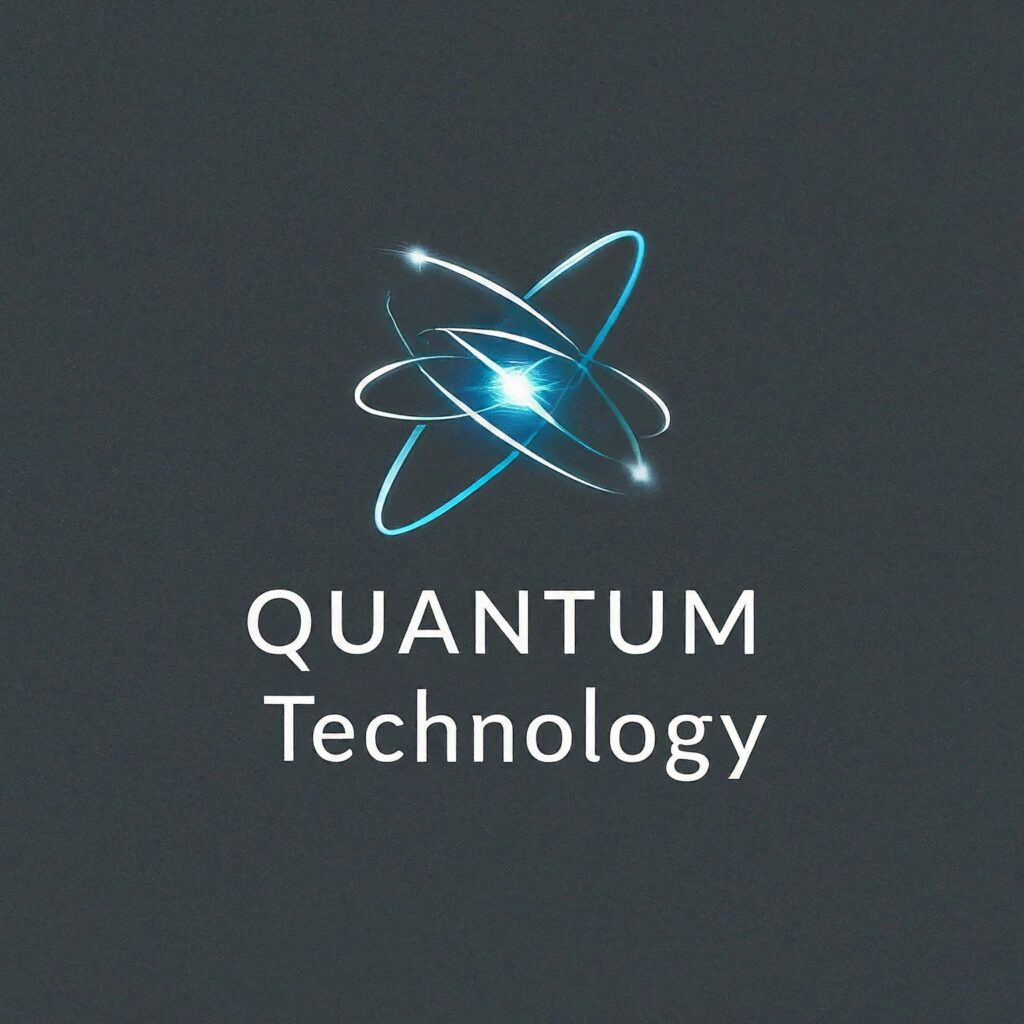A quantum algorithm once confined to research papers is now moving into the spotlight of financial technology. Quantum Amplitude Estimation (QAE), an approach that accelerates probability and expectation value calculations, is being hailed as a breakthrough that could transform risk management and derivative pricing.
At the heart of this optimism is a recent Qiskit Finance tutorial published by the IBM-backed open-source community, which demonstrates how QAE can drastically reduce the number of computations needed compared with classical Monte Carlo simulations. The tutorial offers a rare glimpse of how quantum circuits might soon be applied to real-world financial models.
Breaking the Monte Carlo Bottleneck
In classical finance, Monte Carlo simulation is the workhorse behind option pricing, risk models, and portfolio analytics. But accuracy comes at a cost: reducing error by half requires four times the computational effort.
“Monte Carlo is powerful but painfully expensive for high-precision results,” said Dr. Meera Subramanian, a quantum finance researcher at IIT Madras. “Quantum Amplitude Estimation promises to cut that cost dramatically, replacing the 1/ε^2 scaling of classical methods with 1/ε. That’s a potential game-changer for industries where every decimal of precision matters.”
In practice, QAE works by encoding probabilities into quantum states. A special “state preparation” circuit, called A, loads the desired distribution, while a Grover-like operator Q repeatedly amplifies the probability of “good” outcomes. Measuring these states allows analysts to estimate probabilities with far fewer samples.
Qiskit’s Hands-On Demonstration
The Qiskit Finance tutorial explains QAE through a simple case: estimating the probability of a single event with 20 percent likelihood. Using just three evaluation qubits, the algorithm identifies the probability by building quantum circuits that rotate qubits to reflect that 20% chance, then amplifying and sampling the result.
While the raw grid estimate can miss the exact target, the Maximum Likelihood Estimation (MLE) refinement almost perfectly recovers the true value.
“This is a powerful example,” explained IBM Quantum’s community blog post. “Even with coarse resources, amplitude estimation can zero in on probabilities far more efficiently than classical methods. With scaling and noise mitigation, the gap will only widen.”
Why Finance Is Watching Closely
The financial industry is already abuzz with potential applications. QAE could drastically reduce computation times in:
-
Option pricing: Especially for complex, multi-asset derivatives where classical simulations require millions of paths.
-
Risk analysis: Calculating Value-at-Risk (VaR) or Expected Shortfall with higher confidence.
-
Portfolio optimization: Faster evaluation of probabilistic payoffs under uncertainty.
“Banks spend millions annually on Monte Carlo simulations,” said Rajiv Nair, CTO at QuantumX, a fintech startup in Bengaluru. “If quantum computing can cut that cost in half or more, adoption will be inevitable. Amplitude estimation is the algorithm Wall Street and Dalal Street should be watching.”
The Catch: Hardware Realities
Yet, experts caution against premature celebration. Current noisy intermediate-scale quantum (NISQ) devices struggle with the deep circuits required by canonical QAE. Noise, limited qubits, and imperfect gates mean results often deviate from theoretical guarantees.
“The algorithm is brilliant in theory, but today’s hardware makes it fragile,” said Prof. Ananya Ghosh, a quantum computing specialist at IISc Bengaluru. “Variants like Iterative Amplitude Estimation (IQAE) and noise-resilient methods are more realistic for the next five years.”
Researchers are now exploring hybrid workflows, where QAE handles the hardest parts of the computation while classical systems manage the rest.
Global Research Momentum
Globally, momentum is picking up. A recent study published on arXiv analyzed QAE for basket option pricing, scaling both the number of assets and uncertainty qubits. Results suggest that QAE maintains its advantage even as complexity grows, though efficient state preparation remains a bottleneck.
Meanwhile, fintech innovators in Europe and Asia are experimenting with QAE-powered prototypes for credit risk modeling and insurance claims estimation.
India’s Role in Quantum Finance
India, with its growing quantum research ecosystem, is positioning itself as a player in this emerging space. The National Quantum Mission (NQM), announced in 2023 with a ₹6,000 crore investment, has identified finance as a priority application area.
“Amplitude estimation is not just an academic exercise,” said Dr. Rakesh Sharma, head of Quantum Finance at TCS Research. “We’re actively building prototypes that integrate Qiskit’s QAE with Indian financial data. The results could help domestic banks reduce computation costs and improve risk assessments.”
What Comes Next?
Industry insiders say the next three to five years will determine QAE’s real-world viability. Key challenges include:
-
Noise mitigation: Developing smarter algorithms that tolerate hardware imperfections.
-
Efficient state preparation: Loading realistic financial distributions into quantum circuits with fewer gates.
-
Scalability: Moving from toy examples with one qubit to full-scale problems involving dozens or hundreds of assets.
Still, optimism is high. As IBM, Google, and startups push towards more powerful quantum processors, QAE is expected to be one of the earliest algorithms with tangible business impact.
Conclusion
Quantum Amplitude Estimation is no longer just a theoretical construct in textbooks. With tutorials like Qiskit Finance’s, researchers and practitioners can now experiment with its mechanics, laying the groundwork for future deployment in global markets.
If hardware catches up, financial institutions may soon find themselves running quantum amplitude estimations overnight — not in supercomputing clusters, but on quantum machines. The race is on, and finance may be one of the first industries where quantum speed translates directly into market advantage.
